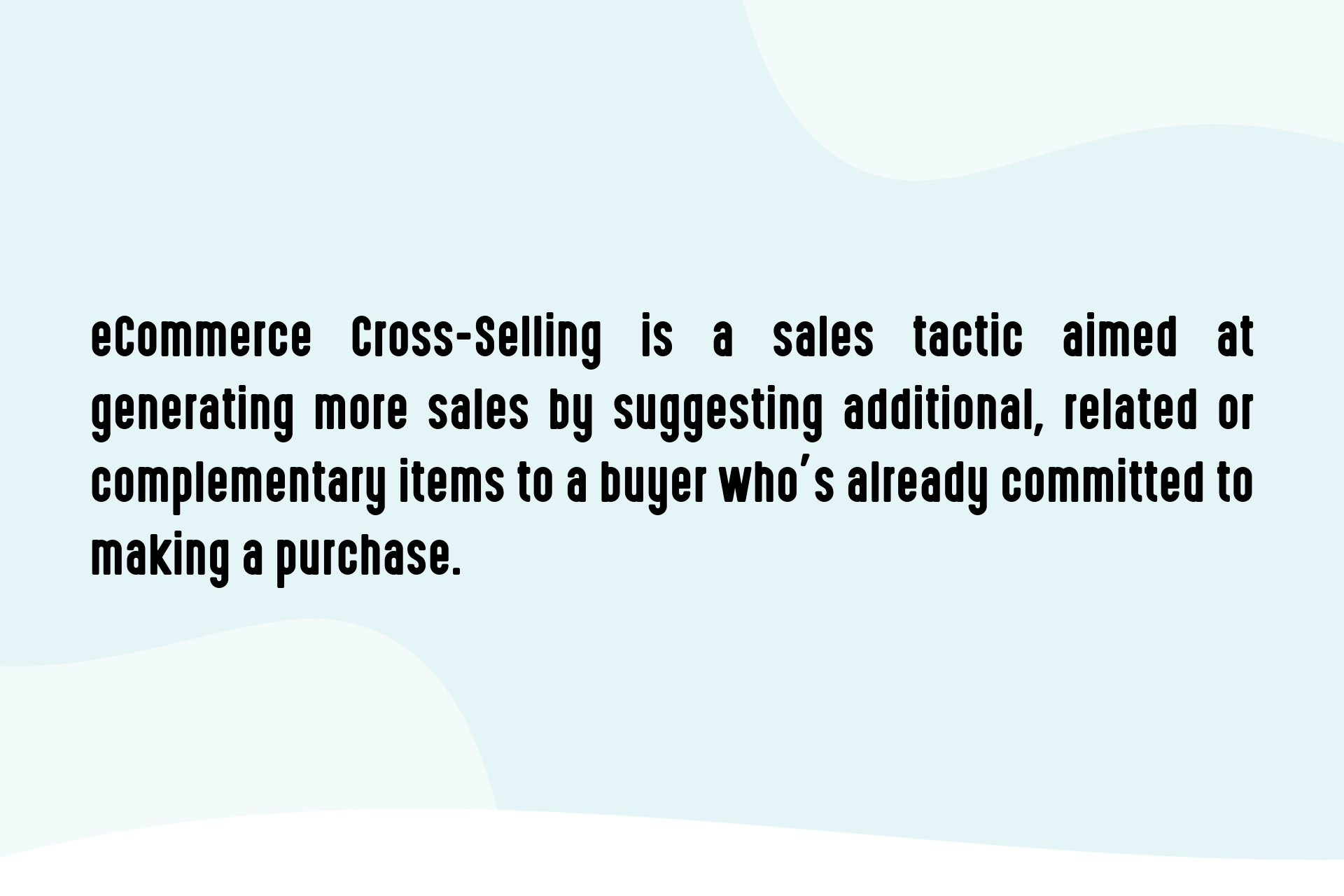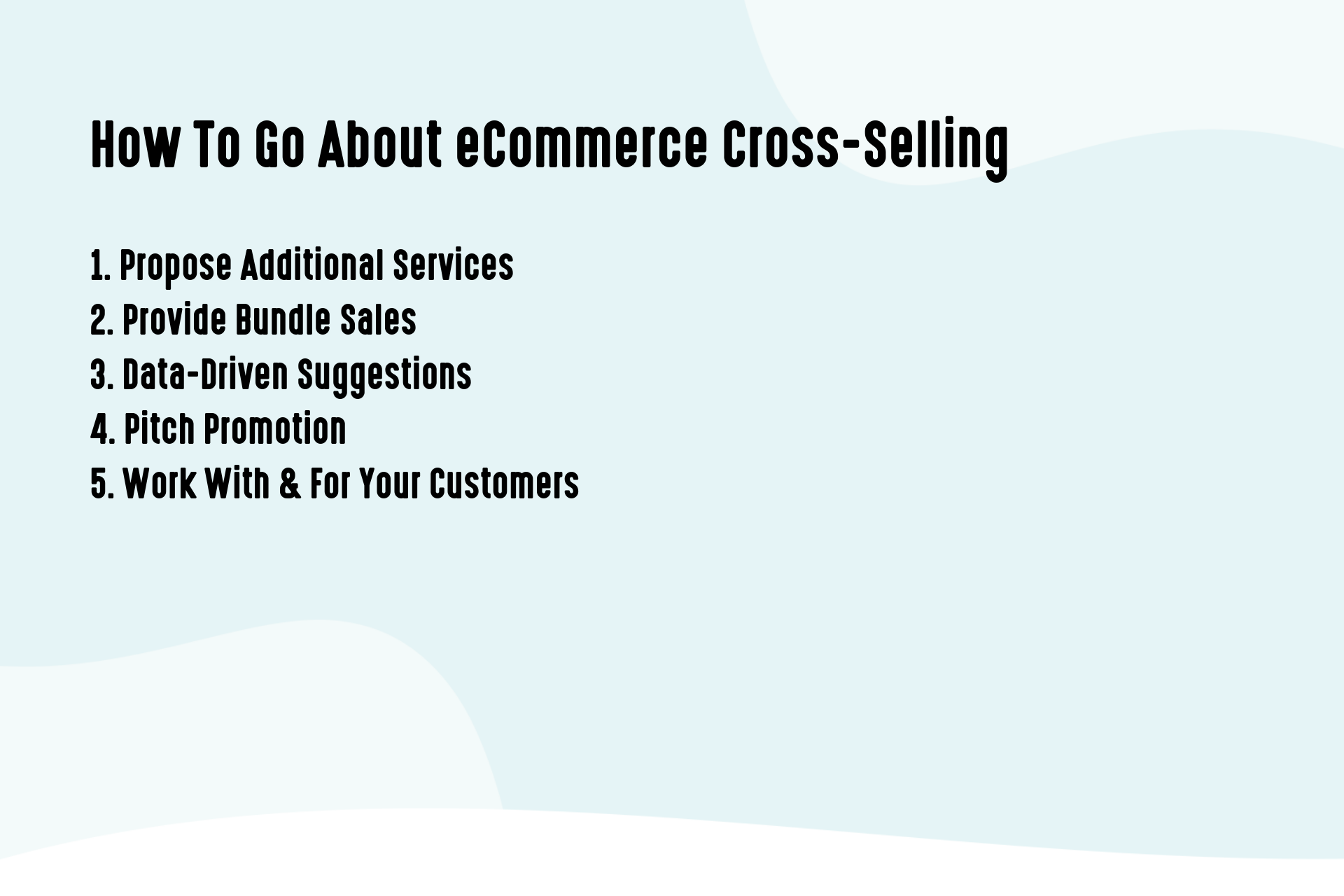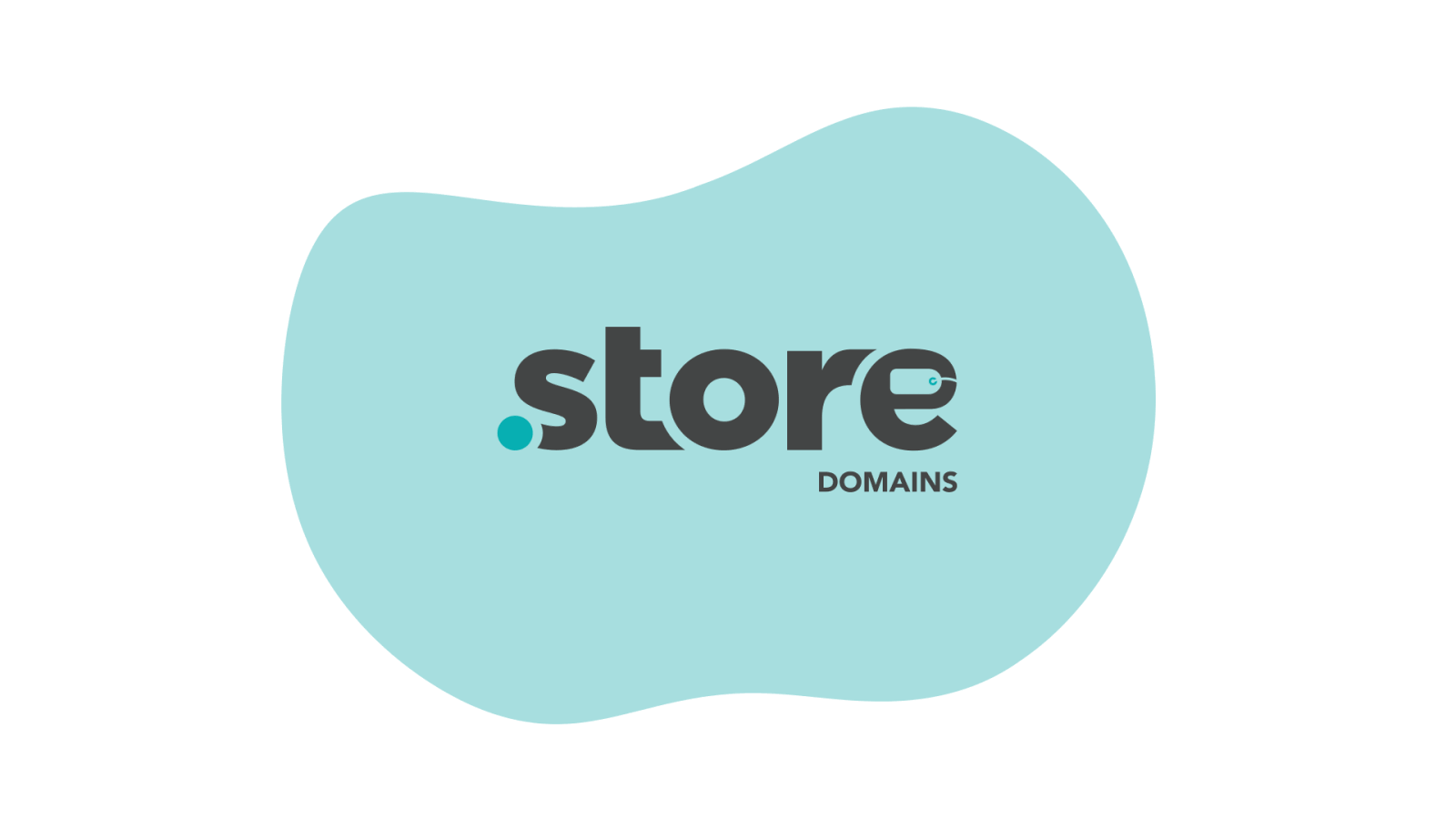When it comes to maximizing sales for your online store or bumping up your profits, most eCommerce entrepreneurs and marketers often skip indulging in eCommerce upselling and cross-selling techniques.

Although an effective method to boost sales, eCommerce upselling and cross-selling are not given their due recognition.
In this article, we are going to talk about eCommerce upselling and cross-selling and the wonders it can do for your online store.
eCommerce Upselling: The Subtle Art of Increasing Sales
The best way to understand eCommerce upselling is by observing a real-life scenario.
You are shopping on an eCommerce website and you’re just about to checkout. All of a sudden you spot a suggestion for a similar product.
The suggested product comes with added features and utilities. In all likelihood, the suggested product either adds to your convenience and is ta more expensive.
This is an example of eCommerce upselling.
What Is eCommerce upselling?
Simply put, eCommerce upselling is defined as a sales technique where the seller encourages the customer to purchase an expensive item as compared to the actual choice made by the customer.
This strategy makes the entire sale process more profitable.
Consider the example of “What are you shopping for today?” feature offered by Dell.
The feature not only furnishes customized recommendations based on your input but also lets you compare all their options (including the most expensive ones) side by side.
To explain, the study conducted by Marketing Metrics: The Definitive Guide to Measuring Marketing performance shows that, “The probability of selling to a new prospect is 5-20%. The probability of selling to an existing customer is 60-70%”.
Why eCommerce Upselling Works?
Upselling works (most of the time) because it appeals to the psyche of the customers.
Okay, let’s try and explain this with the help of a little illustration.
The customer has already researched and zeroed down on a product.
The customer just needs to make the payment and complete the transaction. In other words, the customer is in ‘buying mode’.
Now when a better suggestion pops up, the customer is often lured into buying it even if it costs a bit higher.
Not to mention, that no extra effort is required from the customer’s end to make this purchase. It is right there and your customer does not need to spend any additional time searching for it.
With this in mind, let’s get down to business.
Let us understand the various strategies involved in eCommerce upselling that can help us boost sales.
Strategy #1: Side By Side Comparison
Side by side comparison is a simple comparison of different products on the same platform.
This strategy neatly presents the customer with the alternative product(s) that have better features than the one they are originally interested in.
For example, consider Spotify. They present the customer with the breakdown of their free and premium version side by side.
The customer is instantly drawn towards all the services that Spotify has to offer at just $9.99 per month.
Strategy #2: Present Reasonable Alternatives
The key to flawless upselling is presenting your customer with reasonable alternatives; alternatives that fit both the budget and preference of the customer.
Consider an example where the customer is looking forward to buying headphones in the range of $100-200.
Even with the best of features and quality, the customer would certainly not be interested in a premium brand of headphones for $1,500.
It must be remembered that the customer would, however, be highly interested in a wireless noise-canceling headphone for $300.
Your upselling offer should align with the underlying needs and overall budget of the customer.
Strategy #3: Present Upgraded Alternative Products
Consider the example of Booking.com where the customer finds themselves subtly presented with upsell options right alongside their search for budget rooms.
Is this being pushy?
It is all about letting the customer know about the other available options they may not have been aware of.
It is all about providing them with a convenient means of upgrading at almost the same or a slightly higher price.
Strategy #4: Offer Better-Rated Products
Why is Amazon considered the king of upselling?
Out of many factors, the one secret is featuring alternative products that have better ratings.
Let’s consider an example where you are interested in buying a pair of sunglasses.
The chosen product looks pretty solid and fits the description of the style that you have in mind.
However, you notice that the chosen product has a rating of just three and a half stars.
Not a great rating, eh!
Scroll down and Amazon presents you with a hoard of other sunglasses with similar styles but better ratings.
Usually, they all have four and a half stars, much better than the three and a half you were initially interested in.
The customer is subtly persuaded to opt for alternative products with better ratings even if for a slightly higher price.
Strategy #5: Offer The ‘Recommended’ Option
This strategy brings the psychological element into play and customers are bound to go with the ‘bestseller’ option.
Let’s consider the example of BuzzSumo, a content analysis platform that presents its customers with the details of all its plans side by side.
The customer in the majority of the cases is most likely to go with the most affordable plan.
However, the website draws the attention of the customer to the ‘recommended’ plan. The plan offers extra features at a minimal added cost.
This is a smart way to entice prospects into buying from you by making the decision for them. This way you offer your customers a valuable solution.
eCommerce Upselling Tools
Now that we understand eCommerce upselling and the various strategies to go about it, you might be probably thinking, “Okay, I understand the fundamental strategies. But how do I integrate these strategies with my e-commerce store?”
Several tools will do that for you.
eCommerce Upselling Automation Tools
Upselling automation tools not only save you time but also offer personalized recommendations; optimized and based on each customer’s unique purchase behavior pattern.
So without any further ado, let’s have a sneak peek at these automation tools.
- Shopify’s Product Upsell – The tool allows you to upsell to customers all at the click of a button. It is the number one reviewed and most popular upsell tool on Shopify.
- PrestaShop’s Upsell Module – This module suggests additional products for specific products, thereby promoting products and boosting sales.
- Magento’s Mass Product Relater – This tool displays related products that help increase the chances of customers buying higher-priced products or even buying extra products.
- WooCommerce Recommendations – This tool allows you to display recommendations on your checkout page along with an array of similar products on your product pages.
What Is eCommerce Cross-Selling?
According to Oberlo:

eCommerce cross-selling is the practice of boosting the purchase of another product in combination with the initially selected product.
For example, if a customer has just purchased a digital camera, cross-selling would encourage that customer to purchase a memory card and/or additional lenses.
Cross-Selling = Final Product + Added Product
Cross-Selling is a very common strategy and practiced almost every day by every organization, big or small.
Even in fast-food restaurants, you are always asked if you want fries to go with your cheeseburger. Well, that’s cross-selling at its very best!
Benefits Of Cross-Selling
Simply put, cross-selling maximizes both returns and revenue by way of selling extra products.
However, an augmented sale is just one of the many advantages of cross-selling.
Let’s discuss this and all the others in greater detail.
- Sales augmentation – eCommerce cross-selling helps boost revenue by encouraging each client to buy additional products with every order.
- Cost optimization – Selling additional or related products in the same order helps optimize costs.
- Increased client loyalty – Suggesting accessories or related products with every purchase helps boost customer loyalty. Client satisfaction can directly be related to customer loyalty.
- Better customer understanding – Cross-selling helps you analyze customer behavior and sales pattern and formulate a sales strategy that helps boost sales.
- Boost sales of ‘lesser-known’ products – Suggesting ‘lesser-known’ products with popular products helps both boost sales and mobilize inventory of those products which might be less popular.
Effective Cross-Selling Tips
eCommerce cross-selling is a tricky business and takes quite a lot of analysis and skill to implement it.
You risk losing the customer if you seem to be too pushy. On the other hand, a subtle approach ensures that the customer is offered just what they need and not put off by your strategy.
With this in mind, here are some tips to help enhance the effectiveness of your cross-selling strategy.
Tip #1: Use Drip Emails
Pushing every new customer for an additional product is always not a good idea.
Sometimes it is best to wait for a couple of days and then reach out to the customer by offering accessories or related products concerning the last product purchased by them.
Yes, you could go the conventional way and follow up manually through an email marketing campaign. However, in this case, a drip-email campaign will work wonders for your business.
Simply put, a drip-email campaign, ‘drips’ (sends) pre-written messages to select customers over a period of time.
Let’s consider a client who just purchased a web design package. As the next step, add the customer to the dri- email campaign list and send him a series of emails over a period of time.
You can introduce the customer to copywriting services in the first email, results that some of your clients get from your copywriting services in another, and finally, make an offer in the third email.
This approach gives the customer the time to analyze and digest the information you shared rather than immediately trying to push the customer with additional service.
The series of emails help you explain the benefits first without coming off as too aggressive. A drip email campaign assists you by automating the entire process thereby saving time and efforts.
Tip #2: Deliver First
Let your work speak for itself. Work with the client project for some time and deliver as promised.
Once you can establish your capabilities by meeting your promises and deadlines, the client will automatically be more willing to invest in the additional services that you are offering.
Use this initial time to establish a meaningful relationship and even work towards crafting a more personalized plan tailored to suits their needs.
Nurturing relationships will help you understand the needs of the customer, areas that require or have the potential for improvement, and the success areas.
This in-depth analysis will help you work better in tandem with the client’s interest and cross-sell products that the client requires.
Tip #3: Match Services With Goals
Always trying to cross-sell without keeping the customer’s best interest in mind is sure to backfire sooner or later. On the contrary, try and understand the client’s needs and how your additional services could help them.
For example, convincing a customer to create a brand new website even when they do not need one is not praiseworthy.
You could consider offering PPC advertising, SEO optimization, or content marketing where the client is looking to boost their content.
Yes, web design may still play a role but factor them into your entire package. Offer judiciously and demonstrate how each service would help meet the desired results.
In such a situation, you are just not trying to cross-sell to maximize your sales but also adding value and fulfilling the requirement of the customer.
How To Go About eCommerce Cross-Selling
1. Propose Additional Services
Let us assume that you are in the business of selling sportswear online. The best strategy for eCommerce cross-selling here would be to offer sports socks along with sports shoes. Or gym gloves along with dumbells.
2. Provide Bundle Sales
‘Bundle sales’ is another classic strategy to make a cross sale. Amazon, the leader in eCommerce cross-selling often makes use of this strategy by offering a bundle of products in the “Frequently Brought Together” section.
Various bundling strategies include:
- Bundle by product
- Bundle by collection (commonly referred to as a mix and match strategy)
- BOGO style bundles
- Component + assembled bundles
- Linked or forced bundling
3. Data-Driven Suggestions
It is always a rewarding habit to analyze and study the browsing and purchase patterns of your customers.
For instance, keep a close watch on how often the customer visits your eCommerce website, how much time they spend reading your blogs, and how frequently do they browse for similar products.
After carrying out a detailed analysis of the past and recent behavior of the customer, it is always a rewarding idea to approach the client with your PPC services.
Many CRMs like Hubspot help monitor website activity of customers
4. Pitch Promotion
The promotion of any of your services is the best suited time to cross-sell to an existing client. Pitch promotion is regarded as an attempt to highlight the on-going offer rather than targeting a customer to sell additional products.
5. Work With & For Your Customers
Every customer may not be able to fully comprehend the value of your bundle services. Working with and for the client, serves a dual purpose.
Along with with the regular services provided, consider the distribution of ebooks, and the sharing of related blog posts.
Let your customers understand the value addition you are capable of making. Once the customer understands this, they will more likely be open to cross-selling.
Is eCommerce Upselling And Cross-Selling The Same?
Generally, both these sales strategies are often used interchangeably and are confused for the other.
In reality, upselling and cross-selling are not the same. Both have their benefits but can be used in tandem.
By and large, a cross-selling strategy encourages customers to buy related or complementary items.
Still confused?
Consider an eCommerce store that sells flowers. You are on the check-out page ready to buy 12 sticks of red roses.
A suggestion pops up to present you with an offer to buy a bouquet of 24 red roses at a lucrative price.
This is eCommerce upselling.
At the same time, the website also prompts you to buy flowers along with a stunning glass vase. This is eCommerce cross-selling.
Final Thoughts
eCommerce cross-selling is vital to the recurring revenue of any organization. However, knowing when to cross-sell is probably as important as knowing how to cross-sell.
Cross-selling at the wrong time can cause more damage. In some cases, it may even permanently damage your reputation with the client.
Having said that, no cheat sheet dictates the rule of cross-selling! The golden rule is to cross-sell when the additional sale makes complete sense.








